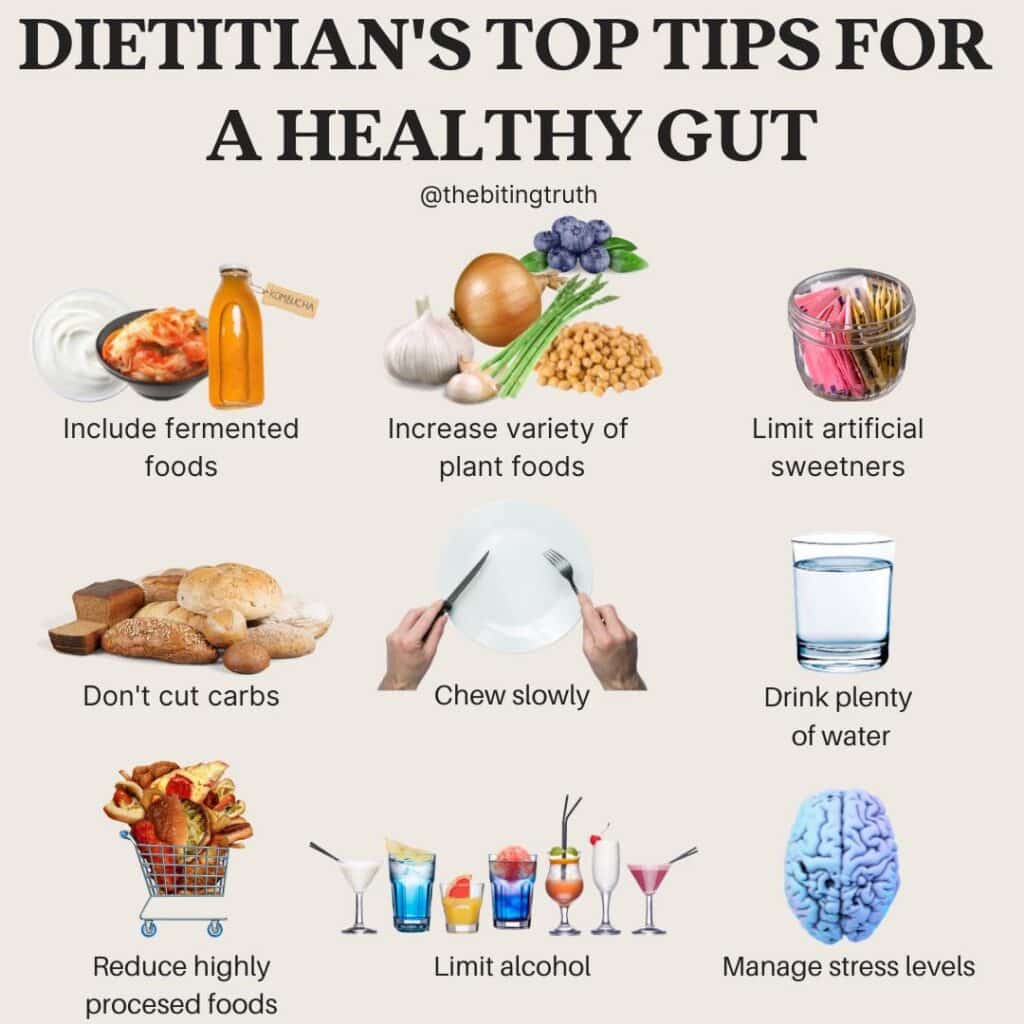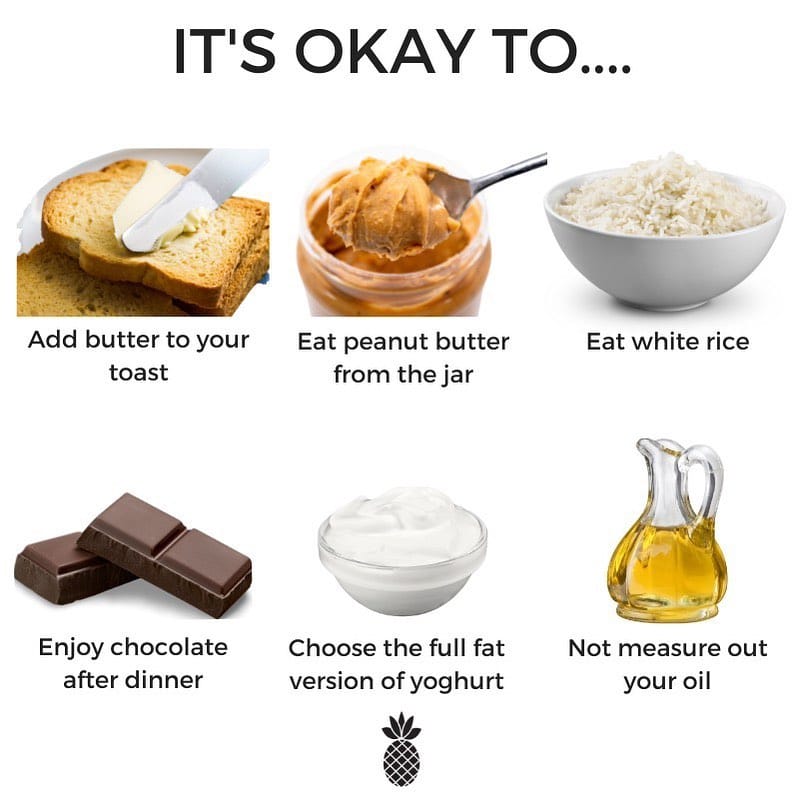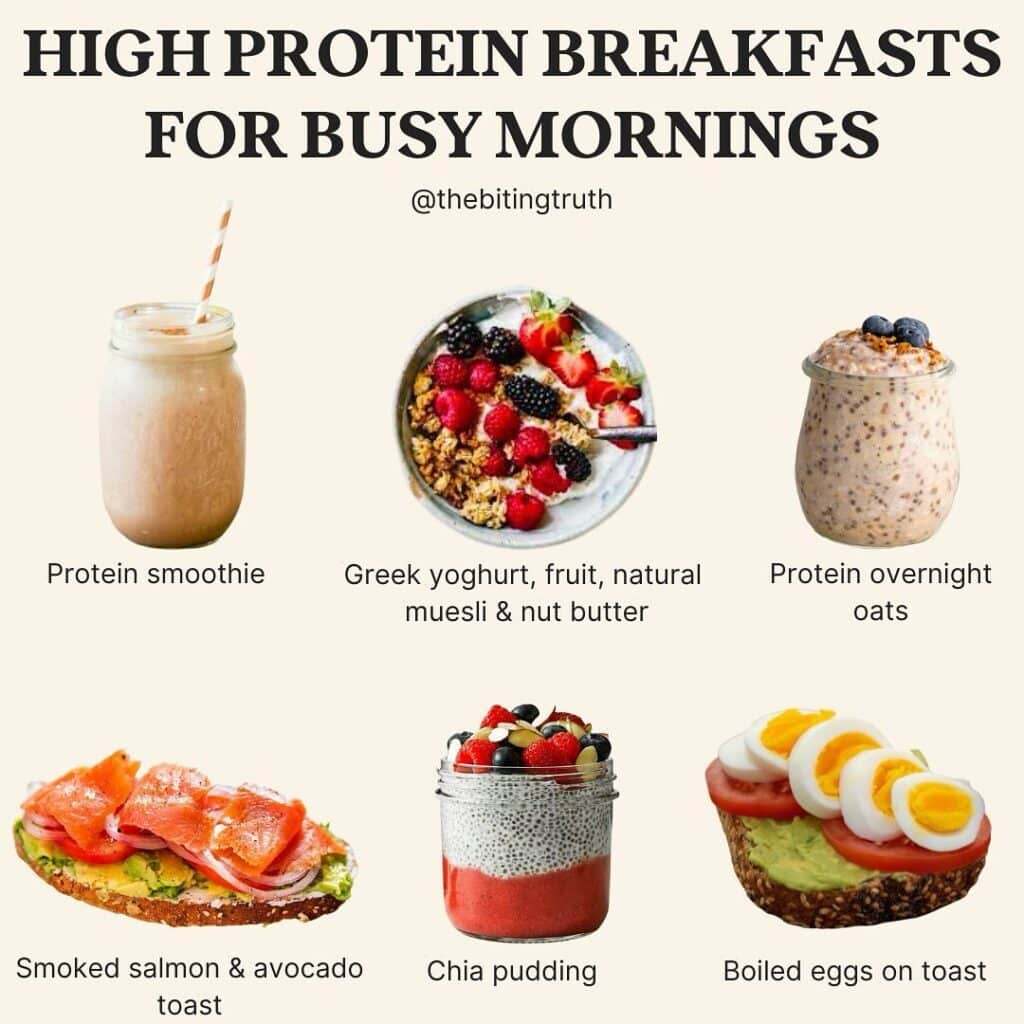Free shipping for orders over $80
Free shipping for orders over $80
If you find yourself hungry between meals, overeating at mealtimes, or feeling tired throughout the day, incorporating snacks into your daily routine might be a game-changer.
Snacking, when done right, can be an effective way to maintain energy levels, curb hunger, and provide essential nutrients. However, it’s important to snack smartly to avoid potential pitfalls.
In this blog, we’ll explore the benefits and potential downsides of snacking and provide three simple steps to help you snack successfully.
To ensure snacking works for you and not against you, consider these three simple steps to snacking success:
If you find yourself snacking frequently, ask yourself if you’re truly hungry or if you’re eating due to emotions such as boredom, stress, or fatigue. If it’s genuine hunger, then go ahead and have a snack. If it’s emotional eating, try other strategies like going for a walk or calling a friend.
A satisfying snack should alleviate hunger, be enjoyable, and tide you over until your next meal. Reflect on your last snack: Did you still feel hungry or want to keep eating shortly after finishing it? Opt for snacks high in protein and/or fiber to enhance satisfaction.
A snack portion should be enough to satisfy but not so much that it interferes with your appetite for your next meal or adds too many kilojoules. Remember, a snack is a snack, not a meal. Aim for about 150-250 calories per snack as a general guideline.
By understanding the benefits and potential downsides of snacking and following these simple steps, you can make snacking a healthy and enjoyable part of your daily routine.
—
Notes






